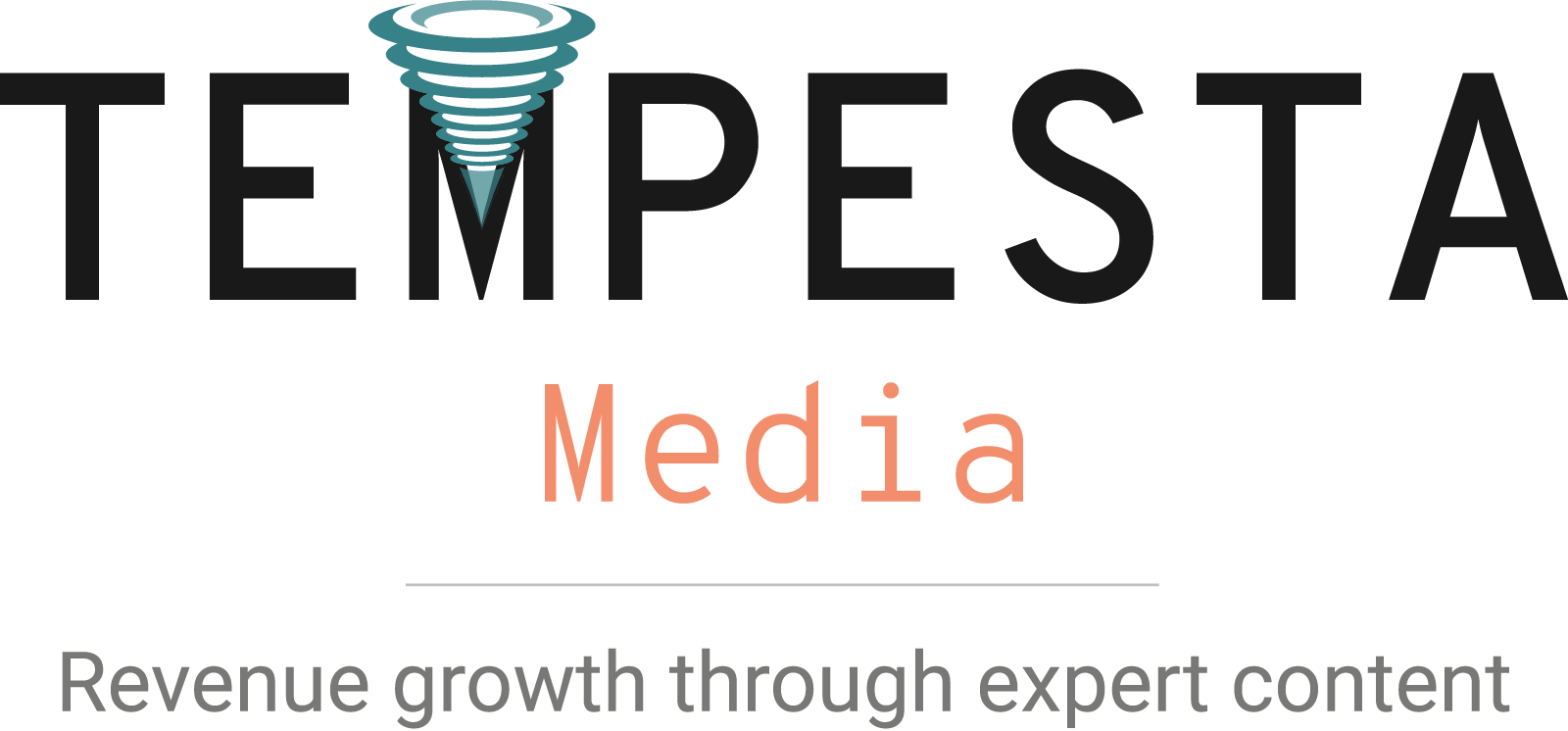Content marketing has become very important to businesses, but it can only be effective if it is accurately measured.
When many agencies consider key performance indicators (KPIs), old standbys such as cost per acquisition, sales revenues or leads seem a great place to start in determining the success of a content marketing campaign.
However, Avinash Kaishik, author of “Web Analytics: An Hour A Day,” says that KPIs should be metrics that helps you understand how you are doing against your objectives. If understanding the number of leads doesn’t help with your objectives, it’s not a great metric. But, Kaishik reminds, you shouldn’t use every company metric for analysis either. Rather, “KPIs should reflect the most important objectives of the business.”
Choosing the right key performance indicators to measure can be difficult. First determine a desired action or outcome of the content. What expectations have you established when creating the content? What do you want the content to accomplish? By gaining this understanding, the metrics can be compared against your goals and show how well or poorly you are doing.
Here are some KPIs to consider:
Unique visits
Unique visits are an industry-standard metric. Using the data from unique visits, you can discover how many individuals have viewed your content within a given time frame. This KPI provides a baseline to compare one type of content to another and allows you to quickly see trends. Analytics programs are a great way to track a variety of KPIs similar to unique visits, such as:
- New visits from organic search.
- Engagement rate.
- Bounce rate.
- New visits to your content.
- Page click-throughs.
Consumption
Once you find out how many people are coming to the website, you need to understand how they are consuming content. Measure views, downloads, opens, click-throughs and podcast plays. It is also vital to look at time spent and bounce rates. You don’t want to lose customers. You want to make sure you deliver based on their expectation.
Once they click a link, are they getting what they expect? A low bounce rate can mean you’ve achieved your goal. Additionally, while having 25,000 unique visits may seem successful, if the user doesn’t read an article for more than two seconds, it indicates a possible problem.
Engagement
Great content receives comments and makes people share it. Measure your audience engagement by looking at “likes,” shares, mentions, comments, “pins,” and inbound links. Are readers sharing on social media? If so, where? If they are not, this may indicate that your content may not be easily shareable. When creating content, be sure to incorporate links and widgets. Make it easy for the user to pass along great content.
The same rings true for comments. Customers will not comment if it is not easy for them to do so. Experts state that users are the best advocates for products and services. While some businesses may be weary of allowing an open venue for any comment, in the age of social media, businesses have the opportunity to create a two-way conversation in this forum. Great feedback is helpful, but negative feedback is equally educational. Instead of restricting comments or blocking negative comments, be ready to respond and consider open discussions in order to gain better insight from customers.
Peter LaMotte, senior vice president of LEVICK, is a digital marketing and strategy leader known for his expertise in advertising and emerging digital trends. He reminds companies to be transparent and respond to postings. “Your message needs to be clear and firm, and must communicate the company’s pre-determined position. If a firm is clear with their communication and stance, there is little more to add unless the conversation takes a new direction.
A clear statement can also avoid time-consuming back-and-forth arguments.” Additionally, he suggests businesses, “use your platforms to focus on the positive aspects of the issue. If steps are being taken to address the issue, use your blog to tell the story and then share that content across all of your social media platforms.”
Conversion
For those users who come and then stay on the website, how may become leads and/or future customers? Turning an unknown visitor into an opportunity can help determine the success of the content as you move forward. Measure subscriptions, registrations, form downloads and other engagement that generates a lead.
Additionally, consider LTV or the “Lifetime Value of a Customer.” What is that customer worth to the business over time? This is a good way to gauge ROI and can be achieved by determining all sales the average customer has initiated over the course of your relationship with him/her.
While there is no doubt that key performance indicators should be an imperative part of growth strategy, it’s important to keep in mind that all the metrics must be mixed with editorial judgment. Being subjective when looking at the analytics keeps you from being ultra-focused on just the numbers. You also need to see your audience at the same time.

Keyword phrases
Using your web and content analytics platform, see which keywords and phrases lead consumers to find you. If this list is not optimal for your products or services, it might be time to use a focus keyword in your content marketing. Focus words not only improve your search engine ranking and visibility but also help ensure that visitors are looking for the subjects you specialize in. Implementing a focus keyword will increase quality leads and lower your bounce rate by guiding the right people to the right content.
Need help?
If you have a content marketing program or are planning one, download our e-book “100 Mistakes Businesses Make When Starting, Optimizing and Scaling Content Marketing Programs.”
This e-book will walk you through the mistakes of hundreds of other companies and the challenges they faced in implementing their content marketing programs. To learn more about how Tempesta Media can help you streamline your content creation process and deliver quality content at scale, contact us today.











